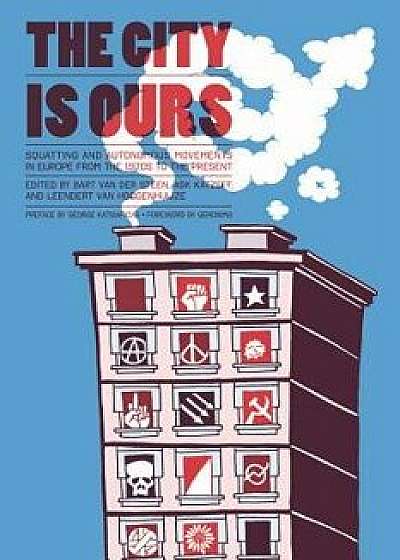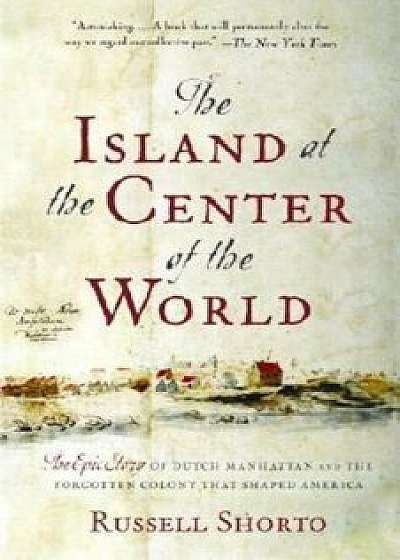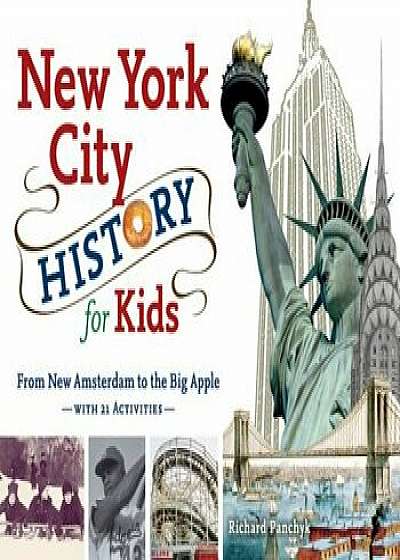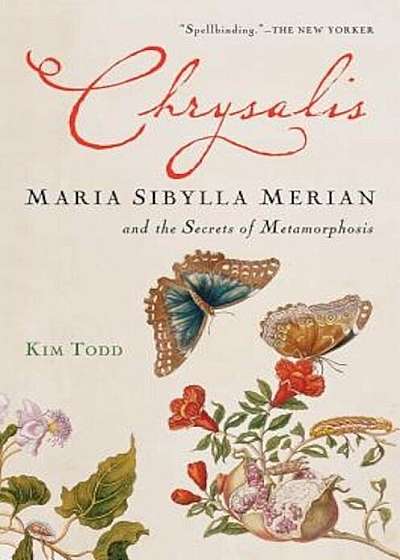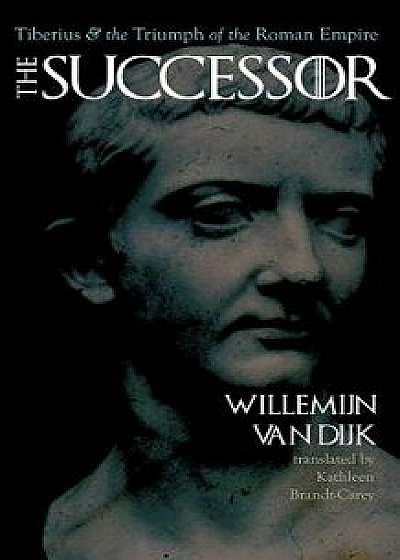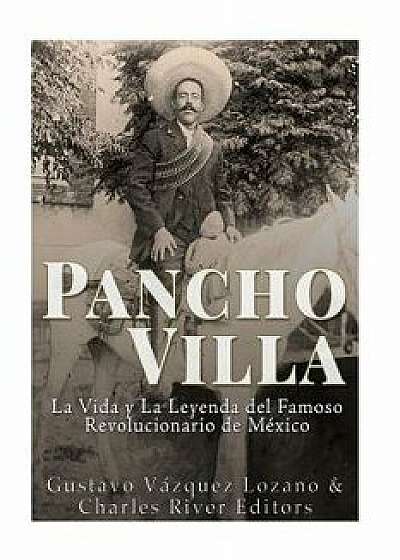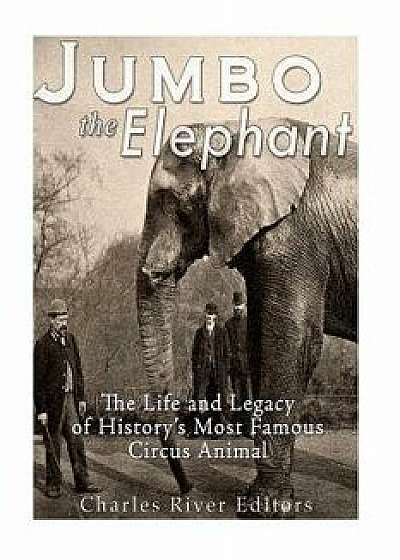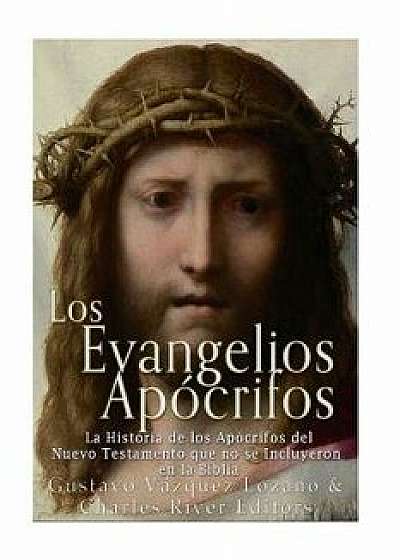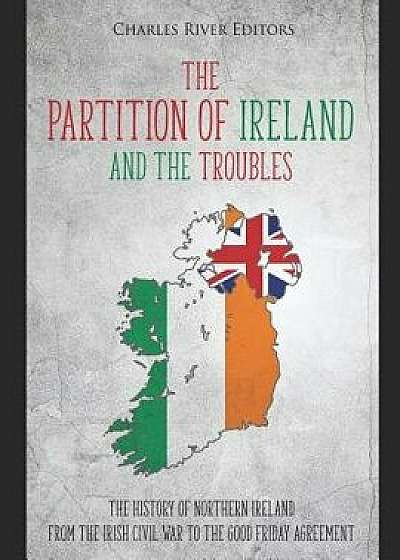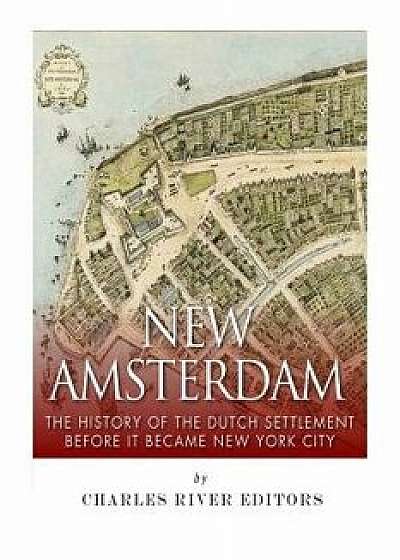
New Amsterdam: The History of the Dutch Settlement Before It Became New York City, Paperback/Charles River Editors
Descriere
Includes pictures Includes accounts of Henry Hudson's expedition around Manhattan and relations with the Lenape natives Includes accounts of trade and warfare between the Europeans and natives around New Amsterdam Includes online resources and a bibliography for further reading Includes a table of contents Manhattan has long been part of a bustling community, even before it formed the backbone of New York City. Centuries before New York City became a shining city of steel that enthralled millions of immigrants, Lenni-Lenape Indians, an Algonquin-speaking tribe whose name means "the People," lived in what would become New York, New Jersey, and Pennsylvania. They had lived there for at least 1, 500 years and were mainly hunters and gatherers who would use well-worn paths that would one day bear the names of Flatbush Avenue, King's Highway, and Broadway. The first known European sightings of the island and its inhabitants were made by the Italian explorer Giovanni da Verrazzano in 1524 and by the black Portuguese explorer Estaban Gomez in 1526. After the Englishman Henry Hudson, under the aegis of the Dutch East India Company, sailed by Manhattan in 1609, he returned home with good news and bad news. Like the other explorers before him, he hadn't been able to find a water route to the Orient. He had, however, returned with maps (confiscated by the British) and beaver pelts. With that, it became clear that the region around the bay that would take Hudson's name was a very promising new territory for trade and settlement, which would become a serious bone of contention between the Dutch and the British for the rest of the century. 1626 was also the year that the famous "purchase" of Manhattan took place, a transaction for which no record has survived. Peter Minuit, the Director-General of New Amsterdam, paid out sixty guilders' worth of trade goods like cloth, kettles, tools, and wampum-an amount that's come down in history as being worth $24. While that sounds perversely

